The Cornell Lab Bird Academy › Discussion Groups › The Wonderful World of Hummingbirds › What Makes a Hummingbird a Hummingbird
-
Yes! We have placed feeders all around, and are treated to many Ruby-throated (learned from this course) males & females all day here in North Carolina. I am sad when they migrate South for the winter. When I lived in Hawaii, I put out my feeders and waited and waited for them to come. I finally looked it up, and found that they don't live in Hawaii!
-
I was on vacation throughout the Carribean a few years ago and wish I would have had this class because we so many hummingbirds feeding on the tropical slowest.
-
I have hummingbirds in New Mexico that I think are called Black Chins” They are very happy until the Rufus birds show up and try to scare them away. I think a saw two fledglings at my feeder together with a larger hummer. They were much smaller than the adults unless they were a different type.
-
In Asheville, NC, I have only seen ruby-throated hummingbirds at my 2 nectar feeders. I have seen one become pretty aggressive against others wanting so have a spot at one of the feeders. It will actually stop feeding & dart at them chasing them away. I've seen as many as 7 feeding at one time, but now, Aug 4th see only 1 or 2. I'm concerned for them and wonder what's going on that I don't see more at the feeders all the time, esp because many of the flowers in my yard have wilted. It gets mid 60s at night, up to mid 80s during the day. We get really really heavy downpours that can last an hour or maybe a bit more than that, wondering if that knocks their nests down, or forces them to the ground and maybe eaten by predator like a cat (less likely in these heavy rains) or a box turtle I see living in the yard.....
-
I live in NE Ohio so the Ruby Throat is common at my feeders from mid April to the end of September.

-
Nice picture!
-
-
Yes. Florida has ruby throat hummingbirds that regularly come to my feeders and nectar plants. We also discovered hummingbird moths that were coming to our bushes, though haven't seen them in a while. My husband has literally had a hummingbird within inches of his face a few times over the years.
-
In Baton Rouge, LA, ruby throats are visiting feeders frequently now (early August). On several occasions, I have had ruby throats leave the feeder and hover 6-12" in front of my face for 5-10 secs. Anyone know the reason for this behavior? In winter, we also see rufous and an occasional wintering ruby throat and less frequently a calliope or black chinned. Just 30 miles south, however, they see a greater diversity of hummers in winter.

-
-
Yes I’ve seen many hummingbirds, mostly Anna’s and Rufous, they feed on our window in summer and in winter from a hanging feeder with a light attached to prevent freezing, we can only put that up when the bears are hibernating. I live in North Vancouver BC Canada
-

 I have only found one nest ever…but oh boy this find made my day…perhaps my year
I have only found one nest ever…but oh boy this find made my day…perhaps my year -
You must have a strong set of binoculars. I have a pair of Nikons 8 x 42. I try to watch them as they fly away from the feeder, but they're too fast for me to track.
-
Wonderful pictures! Thank you for sharing them.
-
-
Yes. I photograph hummingbirds and want to learn as much about them as I can. I captrure Anna's in my back yard and was curious as to why I don't see any other species where I live in Roseville (Northern California). Venturing to the UC Davis Arboretum, Davis, CA., I also found Anna's the predomnent species, but learned that Black-chinned migrate through the area in the Fall and late early Spring. but in early July I found a black-chinned in a garden north of Marysville, much to my delight. I also caprured Rufous-taile and Scaley-breasted in Panama two years ago, and am on a bird photography (and other wildlife) tour of Costa Rica in late November 2024.


-
Your pictures are gorgeous. I, too, live in Roseville and love to watch the Anna’s at our feeder. They are fierce defenders, very verbal with their clicking, and dive bomb my husband when he is barbecuing. It’s a treat to see several at once. I especially delight to see a female hold her ground at the feeder while a male desperately tries to chase her away! We must get to the Arboretum in Davis as I’ve always wanted to see it!
-
@Tara Thank you for your kind words Tara. I wonder if we are neighbors? Since I posted my narrative I added Rufous hummers to my back yard visitor list. Your yard sounds like it is very active. Dependig on the time of year I get a pair of Anna's with occasional interlopers. During the migrations I see the Black-chinned and Rufous. The garden at UC Davis that I go to was tricky to find so I can give you directions when the time comes. Tomorrow (11/22) I am leaving for the airport to catch my flight to Costa Rica. I hope to brig back a few thousand pics of hummers andmany other species of birds.
-
@Jim Enjoy your trip :)
-
@Veronica Hi Veronica! I did enjoy my trip. Took around 10,000 photos, but I was beat by another guy who took 60,000. A few of my images from Costa Rica: 1. A Long-billed Hermit - male. We spent an afternoon photographing with a multi-flash setup and a grey or black background 2. A Lesser Violetear Hummingbird - male 3. A Fiery-throated Hummingbird - male These are a small sampling. I was fortunate to capture 10 species of hummers and 52 species of mostly birds, but mammals, amphibians and reptiles as well. The female of one species was more colorful than the male.



-
@Jim Hope you have an amazing time photographing lots of species in Costa Rica and post some of them on this discussion board. I live in Morgan Creek and just Anna’s come to my feeder. They are aggressive enough, can’t imagine Rufous being even more so! But, would love to see them and black chinned as are both beautiful. Would be interested in those directions at UC Davis.
-
@Tara Hi Tara. I finally have the time to say hello again and talk about UC Davis. The easiest way to find the hummingbird garden is to go to Google maps or other mapping software and ceate a route to the UC Davis Arboretum Teaching Nursery on Garrod Drive. If you are coming from the east take La Rue Rd. to Garrod drive and after a few blocks turn left on Garrod Dr. The first driveway into a parking lot (on the left) is where you turn. It is a small parking lot with three handicap parking stalls on the immediate right side of the lot, and 20 slots on the left. GO ON WEEKENDS - no parking fees and the lot is usually empty (except when plant sales are going on a few tims a year). Park on the left side towards the end. The polinating trees and shrubs will be about 100 feet diirectly to your front. Some of the trees, etc.that you pass on the way are also attractive to hummers. The garden has concrete walks around the foliage with some benches scattered about. I don't know how the birding is there now, but Anna's should be the only species there until the early Spring migration.
-
@Jim Hi Jim, Your trip sounded fabulous and 10,000 pictures is incredible! The three you posted are amazing. Thanks also for the great directions to the Arboretum. I will get there in the spring to catch the migration. Can’t wait! Tara
-
@Tara Hi Tara. I would be glad to take you there when the time comes. Until then here are three more photos from the trip. They are a Volcano hummingbird, a Band-tailed Barbthroat hummingbird, and a Stripe-tailed hummingbird.



-
-
I currently have rufous hummingbirds coming to my feeder and flower garden! (In SE Alaska) We even seem to have a baby hummingbird. (We also sometimes see Anna’s!) Wish I had a decent camera to share photos—they are a delight!
-
You are fortunate to have a baby in a nest. The Anna's don't nest in our yard. I photographed some Rofous as well since my post above. The migrate all the way into Mexico from Alaska. Then back again in the spring.
-
-
I see black chinned, rufous, Anna's and Calliope hummingbirds in the Okanagan, BC - frequently, I have feeders out for them and the first hummingbirds arrive almost the same day every year from their migration - April 7th
-
The Anna's are year-around residents in NorthernC aliforna. The rest are migratory.
-
-
Ruby throated on US east coast - both males and females frequent my feeder. I have also seen Anna's in Arizona.
-
I traveled to Tucson last April to visit Paton Center for Hummingbirds and photographed a few species for the first time. The Broad-billed hummingbird was one of my new favorites!

-
Beautiful image Anne! Now I have a reason to go to Tucson.
-
-
We regularly have Anna’s hummingbirds in our Seattle-area yard. The males can be quite feisty and territorial. One year, a male Anna’s chased all the other hummers away from the feeder. I had to put a feeder in the backyard and another one in the front. He couldn’t guard them both at once. :-)
-
Good idea....spacing feeders that far apart....in hindsight it's commonsense, but hadn't occured to me!
-
@Gloria Hope it works for you! Let us know if you decide to give it a try. :-)
-
-
I am from Europe so the only hummingbirds were a Ruby-throated in Central Park back in 2015 only for a few seconds and the Cuban Emerald Hummingbird & Bee Hummingbird in 2022. We watched those at nectar feeders in a private garden of a local older man. It was amazing to see how the birds approached the owner without hesitation but at the same time were cautious with us new unknown human beings at the beginning.
 Me and my wife can't wait to visit the western U.S. and Costa Rica to watch birds, especially targeting hummingbirds. Unfortunately there is no chance for the trips before 2026. I use this course for preparation & daydreaming.
Me and my wife can't wait to visit the western U.S. and Costa Rica to watch birds, especially targeting hummingbirds. Unfortunately there is no chance for the trips before 2026. I use this course for preparation & daydreaming. -
It's interesting to know they can distinguish known & familiar faces with others they're not familiar with!
-
-
I just returned from a trip to Panama where many different species of Hummingbirds reside. Among them we saw the white necked Jacobin, and this green hermit with its white tail tips.

-
We used to count on seeing Calliope Hummingbirds in the Robinson Canyon area near Ellensburg WA. They came back to the exact same bush. We haven't seen them in the past three years and wonder what happened.
-
 I love to bring our little feeder on our Utah camping trips. This black-chinned hummingbird was feeding regularly when the feeder was suctioned to the window. I tried holding the feeder and he fed from my hand! I especially enjoyed seeing his gorgeous purple gorget!
I love to bring our little feeder on our Utah camping trips. This black-chinned hummingbird was feeding regularly when the feeder was suctioned to the window. I tried holding the feeder and he fed from my hand! I especially enjoyed seeing his gorgeous purple gorget! -
That is a marvellous experienece!
-
-
I've been fortunate to encounter some hummingbird nests, including Black-chinned Hummingbirds nesting on a cactus in Arizona, and Oasis Hummingbirds in Chile.


-
Beautiful photos, Amanda! Thanks for sharing them.
-
Beautiful!!
-
-
Anna's Hummingbirds visit my back garden in Northern California. They are one of three species that I have observed here in San Francisco. The other species are Allen's Hummingbird (a regular summer visitor to the city), and Rufous Hummingbird, who pass through the city during spring migration.
-
Further east, in Roseville, we are too far away to find Allen's in our yard. Their range is small and along the coast. I would love to adda few photos of themto my collection if I only had a clue where they are likely found. We have Anna's year arround and Black-chinned and Rufous duringthe migration seasons.
-
-
In my research before moving to Ecuador, I was thrilled to discover that Ecuador has over 130 species of hummingbirds. One of my favorites so far is the Chestnut-breasted Coronet at Tapichalaca Reserve in Southern Ecuador. They were the most aggressive of the 4 species I saw and they put on quite a show at the feeder with aerial acrobatics. However, the Collared Inca was not easily intimidated.


-
Wow!!
-
Beautiful birds and photos. I guess after Panama and Costa Rica trips, Equadore will be my next photo adventure.
-
-
Hi to all! We live between the salt marshes of San Francisco Bay and the oak woodlands of the Oakland hills. We have many Anna's hummingbird visitors to our garden; they especially enjoy the flowers of our Chiapas sage and California fuchsia. e
-
Last summer we had a Black-chinned Hummingbird build her nest on the end of a live oak branch less than 10 feet from our living room window. Initially we weren't sure what was happening, just noticed hummingbirds lingering around the same spot several days in a row. Then we noticed one was regularly returning to the same branch and building what we thought might be a nest. We observed the entire sequence from courtship behavior (though not realizing it at the time), through nest building, brooding, guarding, feeding and fledging. She laid two eggs. Once we observed a Cooper's hawk fly right up to the nest as we watched from the living room but he quickly left without incident! She had to chase off the Northern Cardinals from time to time. One night there was a ferocious rain storm with strong winds blowing the thin oak branch 4-6' up and down in the pouring rain. She was hunkered down in the nest but it seemed the tumultuous movement would certainly disrupted the nest and/or her and her eggs. Nightfall came and we had to wait till the morning to see that she had weathered the storm and remained nestled in her nest on the eggs! Eventually only one of the eggs hatched but she nurtured the baby until it fledged. It was a magical experience.

-
What an incredible experience! Thank you for sharing and for the picture. The resilience of your little female hummingbird is remarkable!
-
What an amazing experience your little friend shared with you! Thank you for sharing with us!
-
Wow!! Amazing, thanks for sharing!!
-
-
We have Calliope, Black-chinned and Rufus at our feeders at home just north of Spokane, Wa. Sometimes there are as many as 7 or 8 flitting around. The Rufus seems to be the most territorial and aggressive. The male Rufus can dominate the feeders and chase all the rest off. He only seems to hang around for a month or so, the the others are here for much of the spring and summer
-
Anna’s Hummingbird travels to central Oregon, arriving when the pine-needle penstemon, with its orange-red tubular flowers, begins to bloom in June.
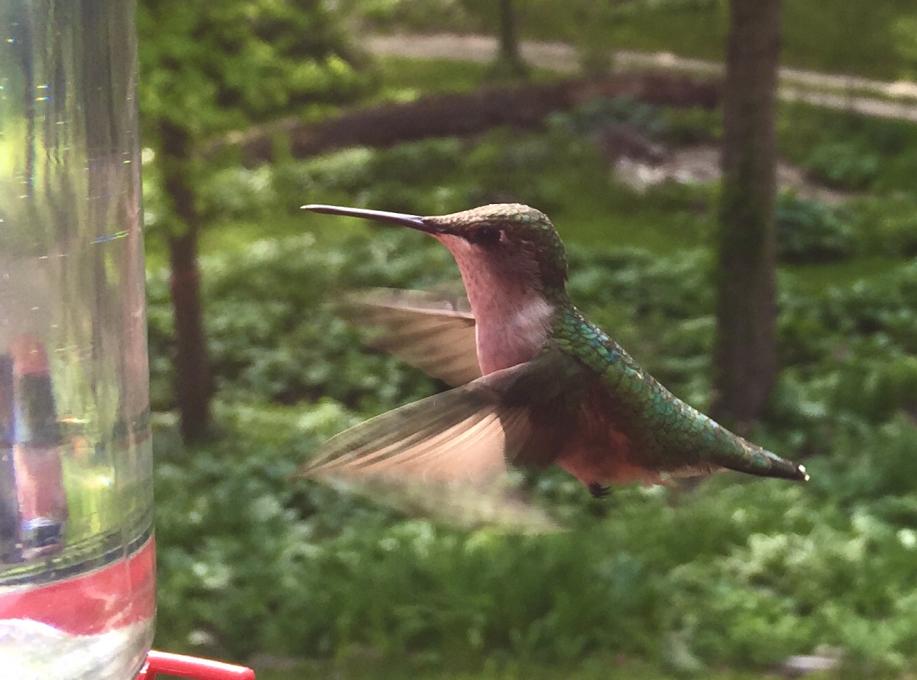
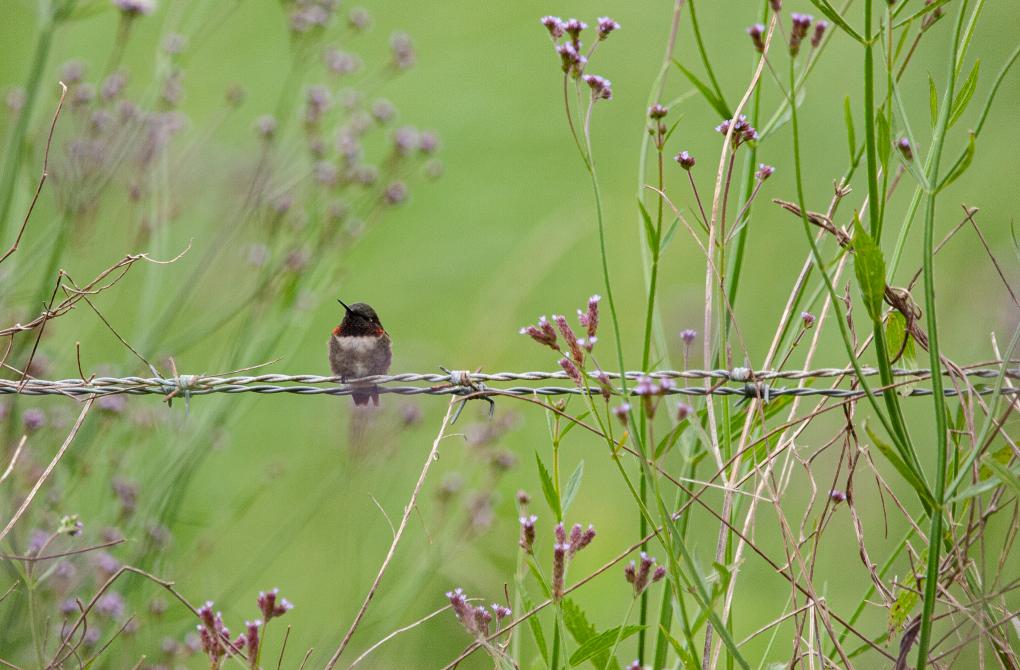

 I have only found one nest ever…but oh boy this find made my day…perhaps my year
I have only found one nest ever…but oh boy this find made my day…perhaps my year 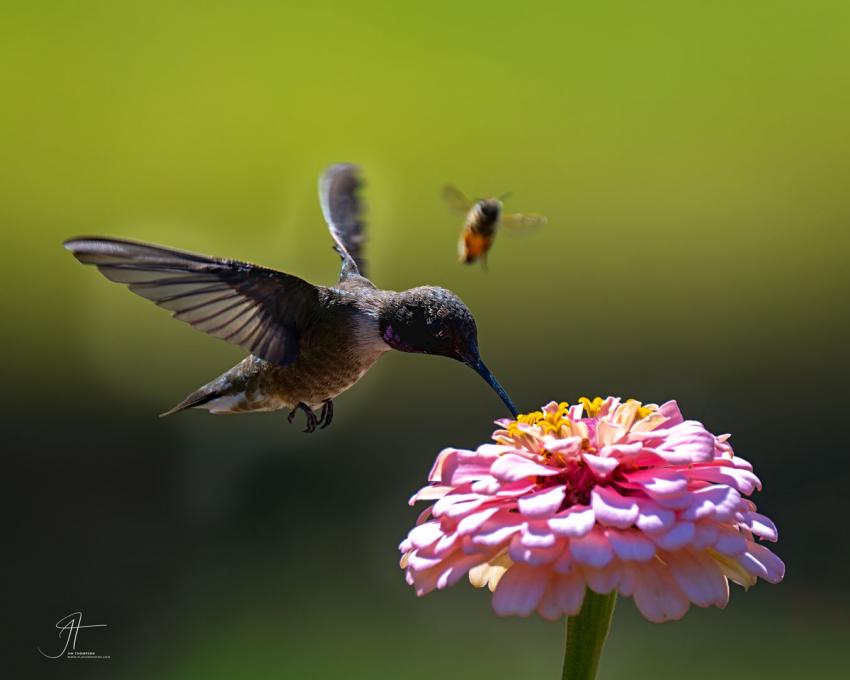
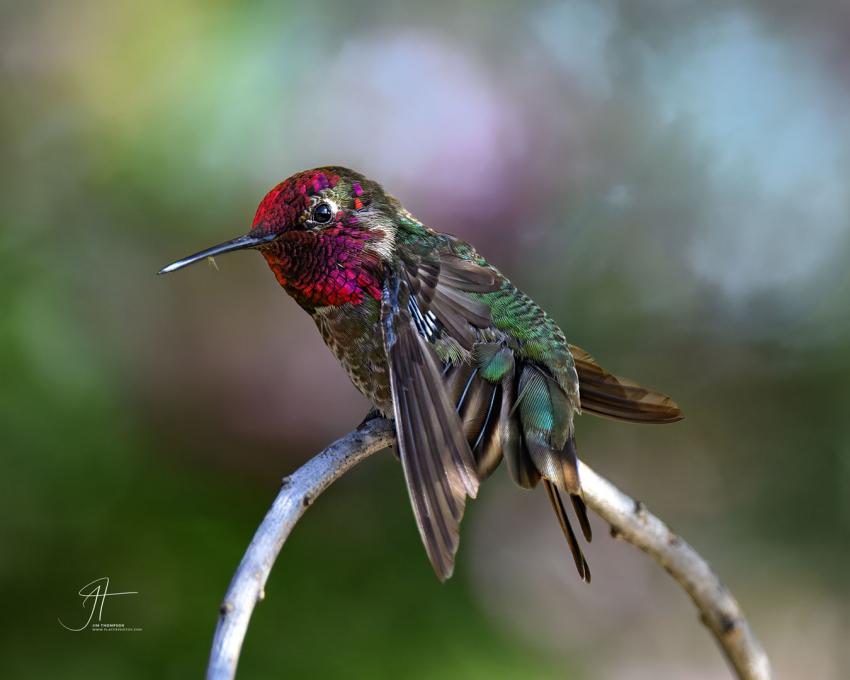
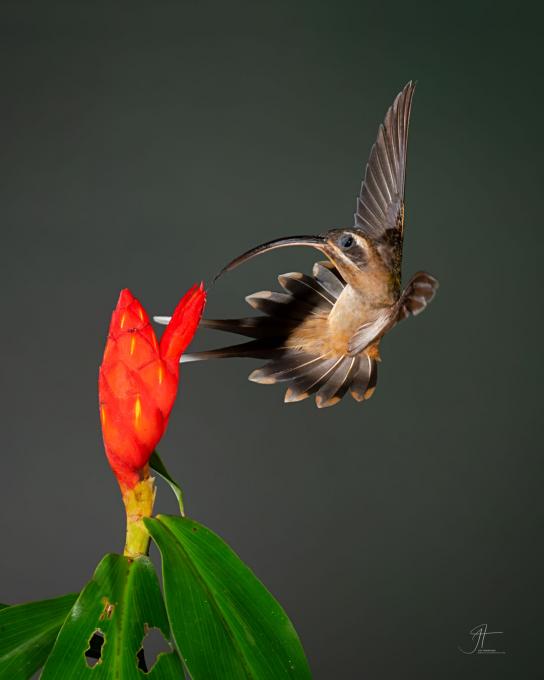



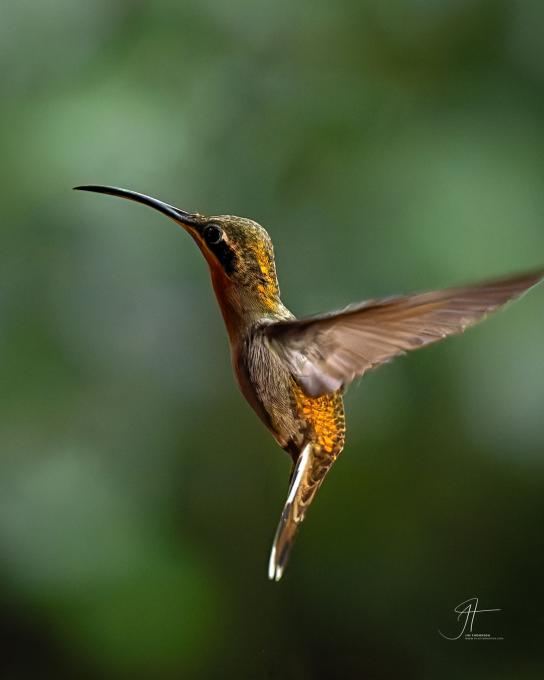

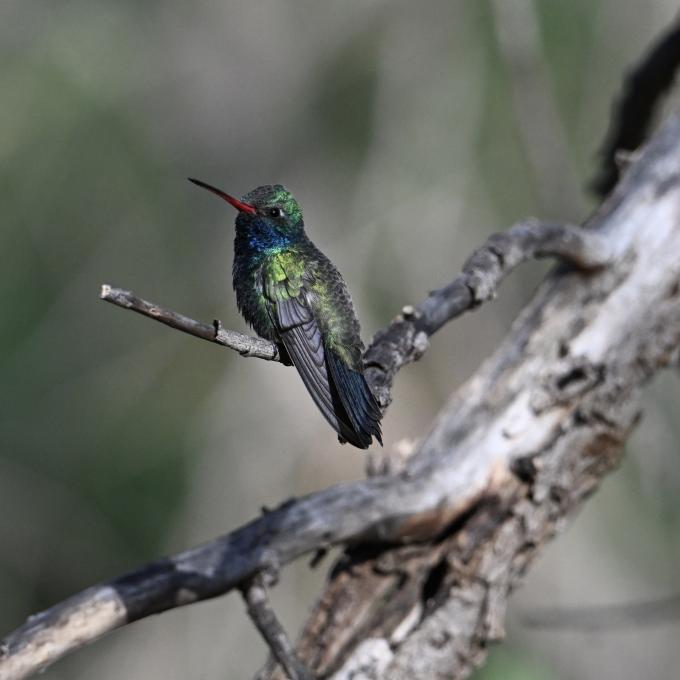
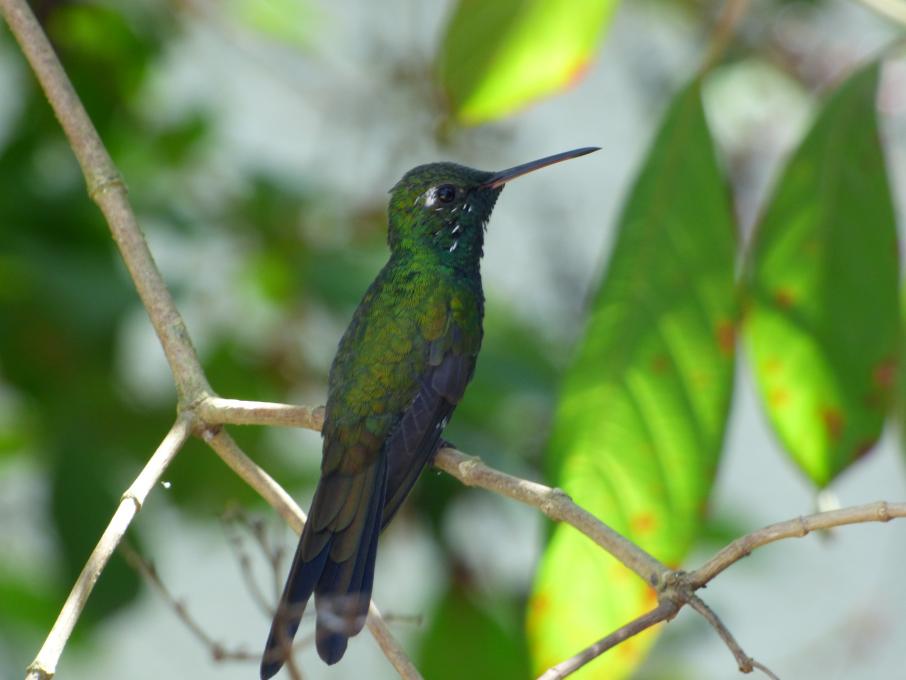 Me and my wife can't wait to visit the western U.S. and Costa Rica to watch birds, especially targeting hummingbirds. Unfortunately there is no chance for the trips before 2026. I use this course for preparation & daydreaming.
Me and my wife can't wait to visit the western U.S. and Costa Rica to watch birds, especially targeting hummingbirds. Unfortunately there is no chance for the trips before 2026. I use this course for preparation & daydreaming. 
 I love to bring our little feeder on our Utah camping trips. This black-chinned hummingbird was feeding regularly when the feeder was suctioned to the window. I tried holding the feeder and he fed from my hand! I especially enjoyed seeing his gorgeous purple gorget!
I love to bring our little feeder on our Utah camping trips. This black-chinned hummingbird was feeding regularly when the feeder was suctioned to the window. I tried holding the feeder and he fed from my hand! I especially enjoyed seeing his gorgeous purple gorget! 



